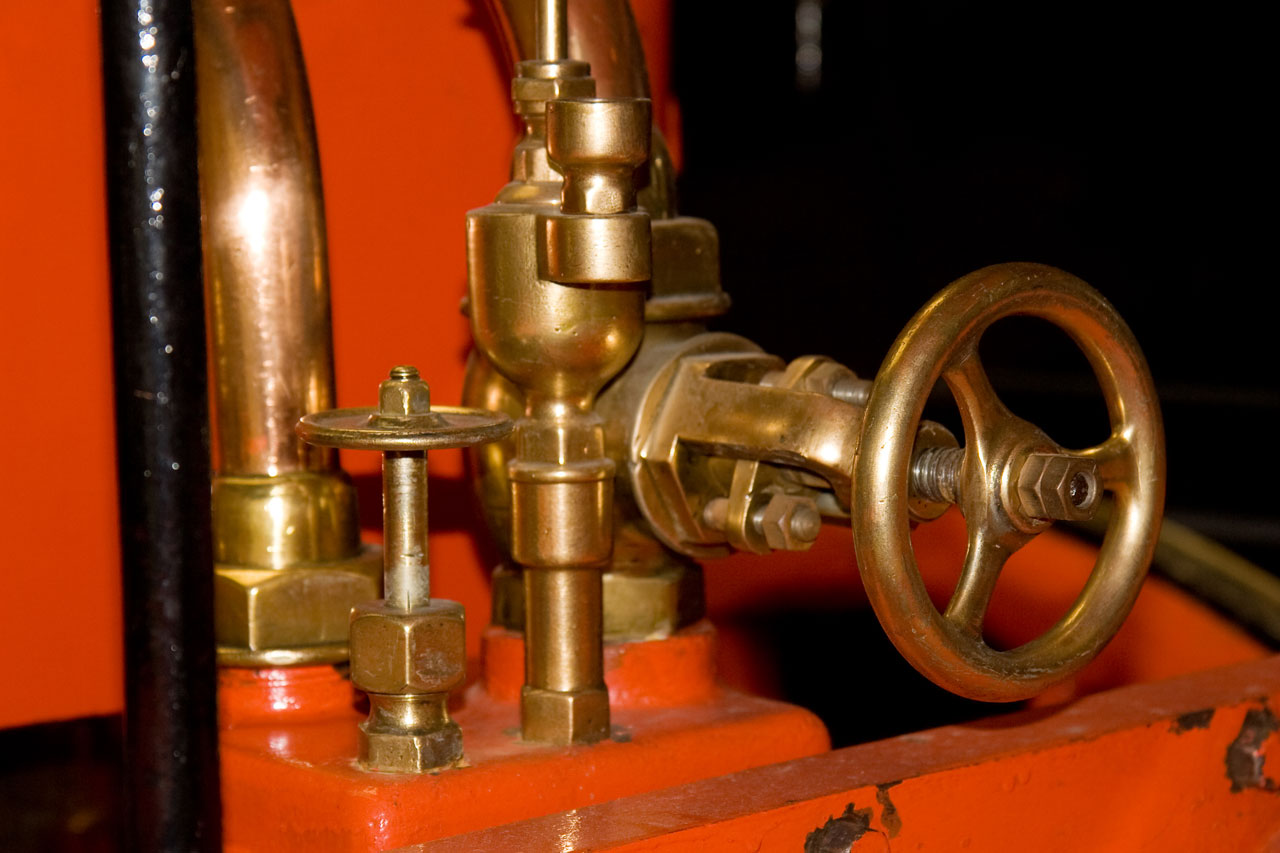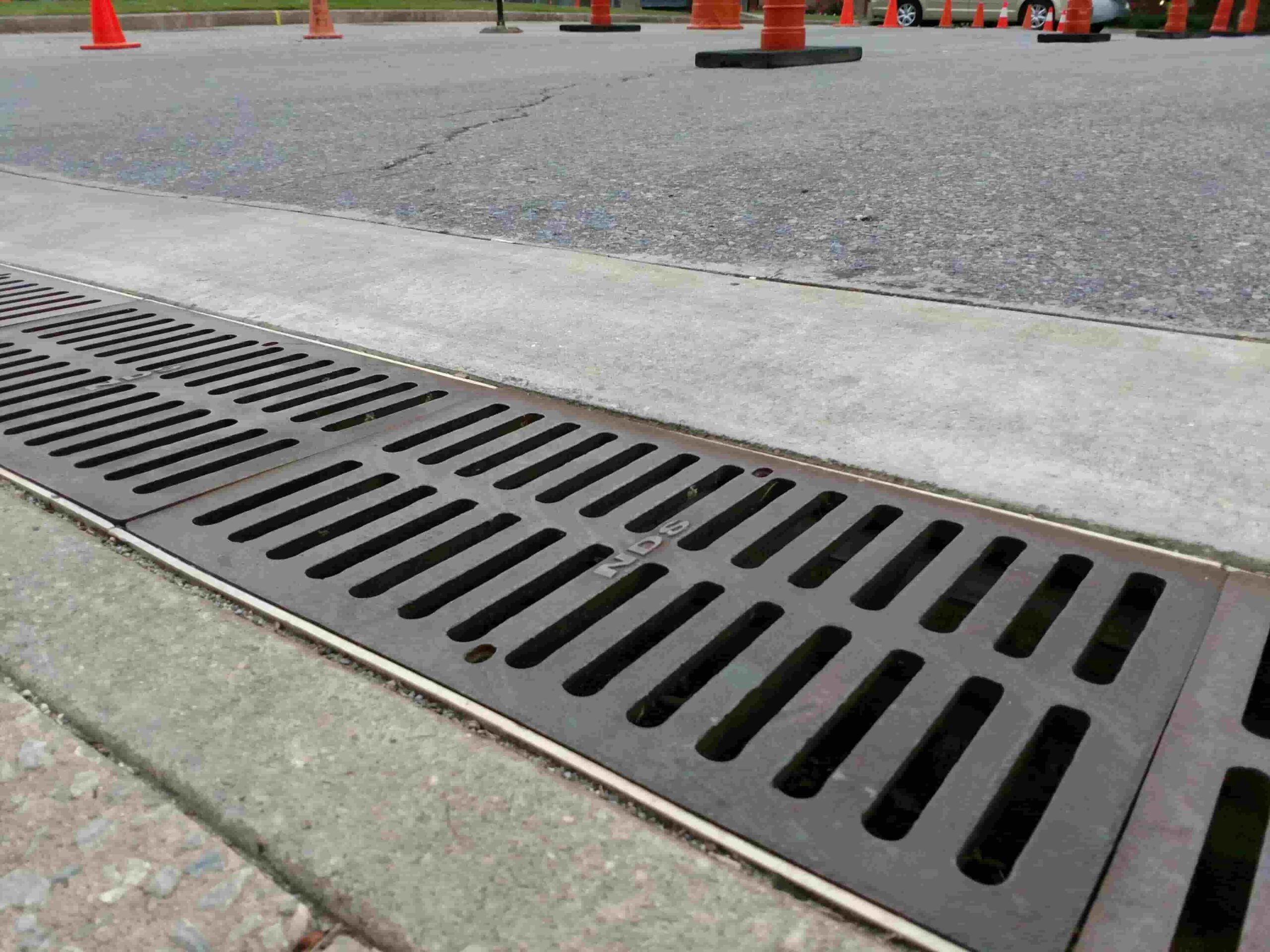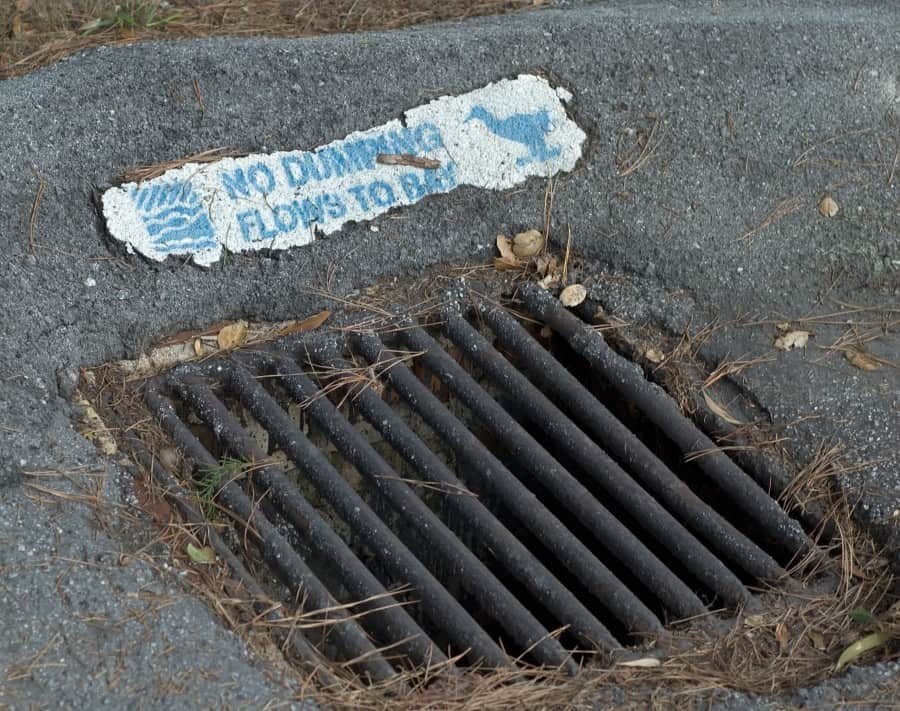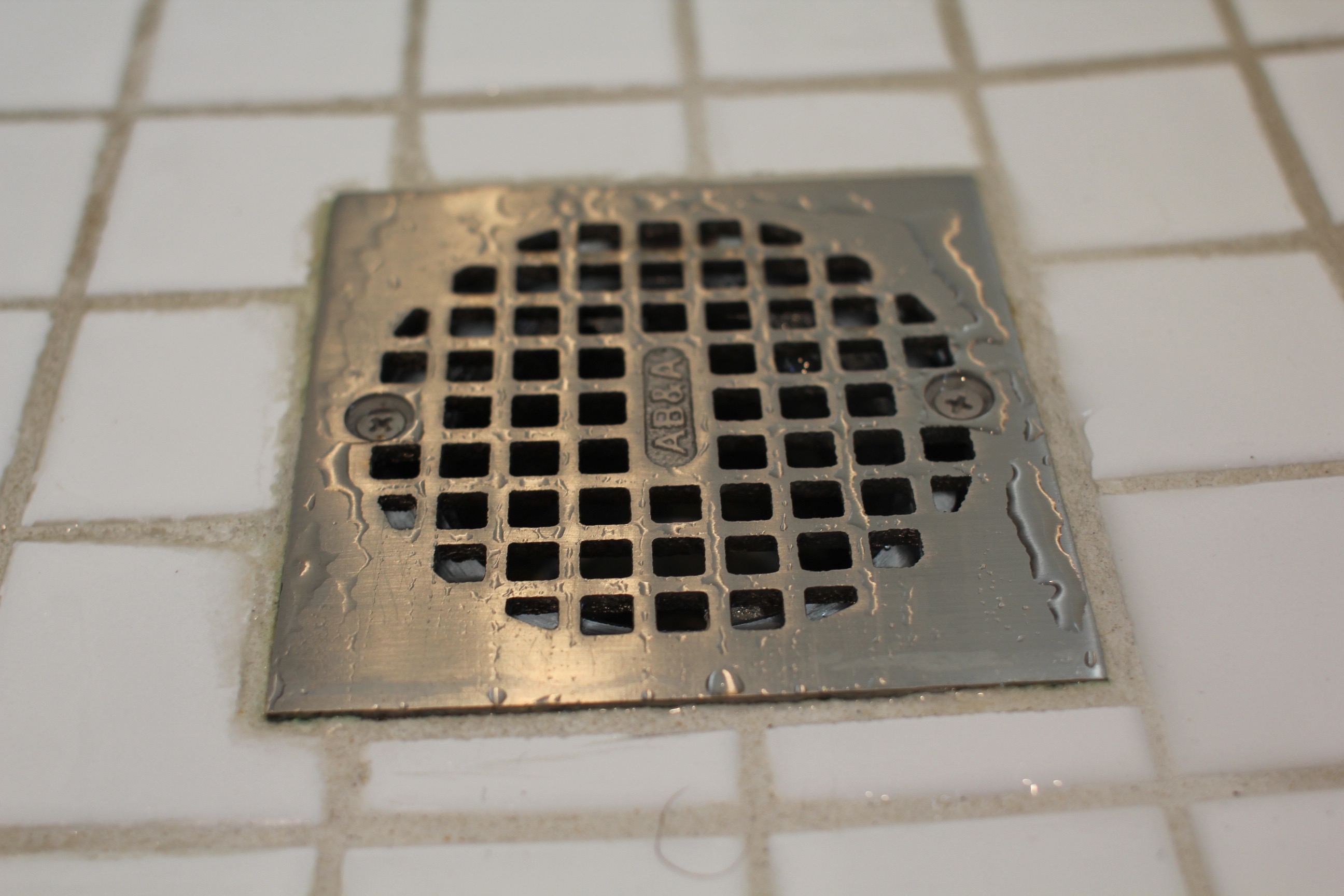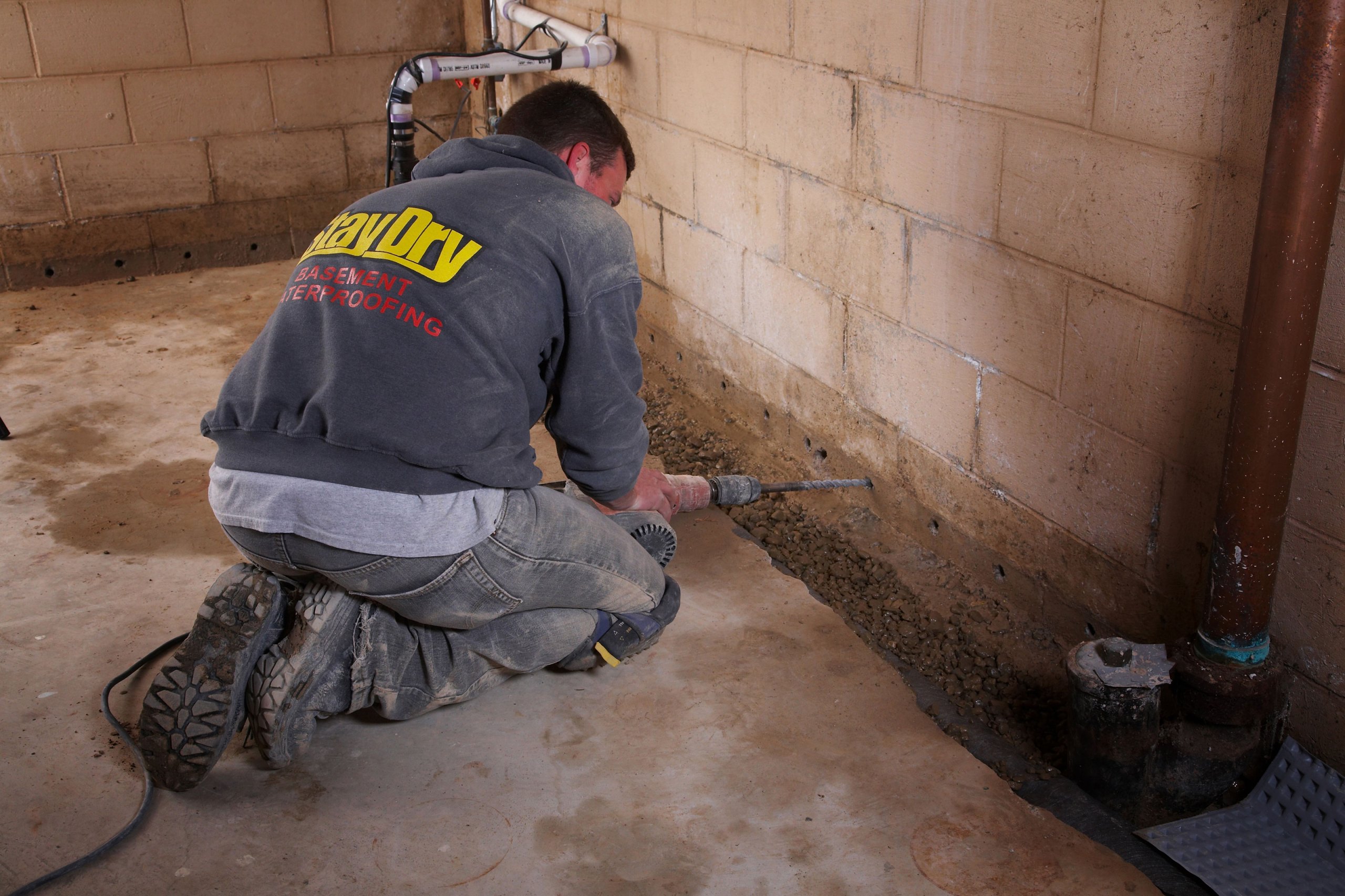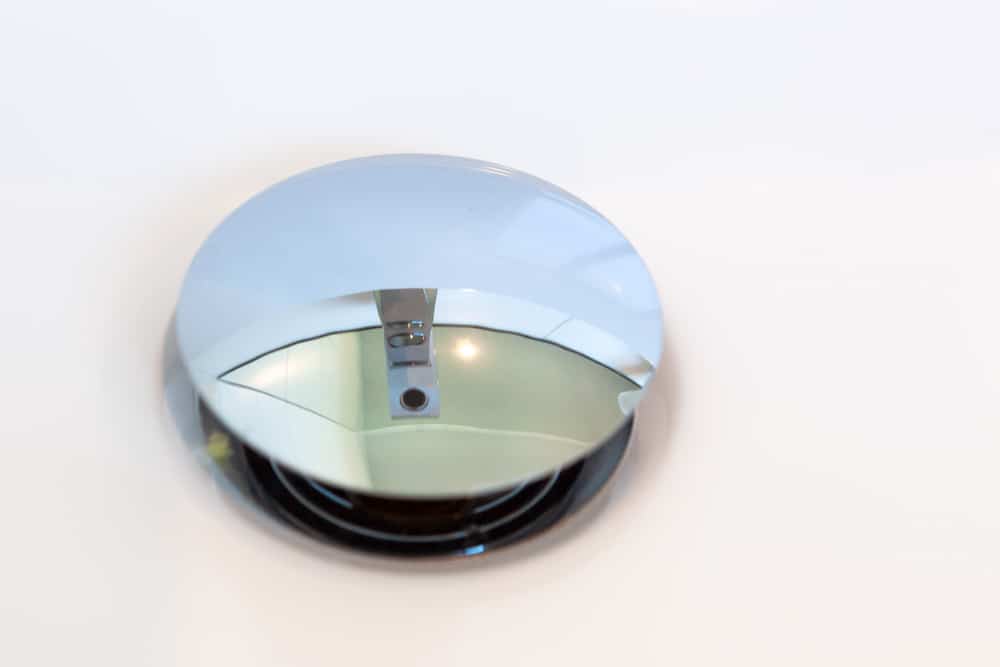The faucet handle is the most visible and frequently used part of a bathroom sink faucet. It is the lever or knob that controls the flow and temperature of the water. The handle can be made of various materials such as metal, plastic, or ceramic, and can come in different styles and designs to match the overall aesthetic of the bathroom. Some faucets have separate hot and cold handles, while others have a single handle that controls both. The handle is connected to the cartridge, which is responsible for regulating the water flow and temperature.Faucet Handle
The spout is the part of the faucet where the water comes out. It is usually a long, curved piece that extends over the sink, allowing the water to flow directly into the basin. Spouts can be fixed or swivel, and can come in various shapes and sizes. Some spouts also have a built-in sprayer for added functionality. When choosing a spout, it is important to consider the height and reach to ensure that it will fit your sink and provide enough clearance for washing your hands or filling up containers.Spout
The aerator is a small attachment at the end of the spout that helps control the flow of water and reduce splashing. It does this by mixing air with the water, creating a smooth and steady stream. Aerators also help conserve water by reducing the amount of water used without sacrificing the pressure. Some aerators are removable, making them easier to clean and replace if needed.Aerator
The cartridge is the heart of a bathroom sink faucet. It is responsible for controlling the water flow and temperature, and can be found inside the handle. Cartridges can be made of ceramic, brass, or plastic, and can either be compression or ceramic disc type. Compression cartridges work by using rubber seals to control the water flow, while ceramic disc cartridges use ceramic discs to control the flow and temperature. Ceramic disc cartridges are considered more durable and long-lasting compared to compression cartridges.Cartridge
The valve is the mechanism that controls the water flow in a faucet. It is connected to the cartridge and is responsible for opening and closing the water supply. Valves can be found inside the faucet body, and can come in different types such as ball, ceramic disc, or compression valves. Some faucets also have a pressure-balancing valve, which helps maintain a consistent water temperature even when there are changes in water pressure.Valve
The drain is the opening at the bottom of the sink where the water goes out. It is connected to the drainpipe, which carries the water to the sewage system. Most bathroom sink faucets come with a pop-up drain, which is controlled by a lever or knob on the faucet. This allows you to open and close the drain without having to reach into the sink. Drains can also come in different finishes and designs to match the faucet and overall bathroom style.Drain
The supply lines are the pipes that connect the faucet to the water supply. These are usually made of braided stainless steel or plastic and are responsible for delivering hot and cold water to the faucet. Supply lines can come in different lengths, and it is important to choose the right size for your faucet and plumbing system.Supply Lines
The escutcheon is a decorative plate that covers the hole where the faucet is mounted on the sink. It provides a finished look and helps seal any gaps between the faucet and the sink. Escutcheons can come in different shapes and sizes, and some faucets may not require one if they have a single-hole installation.Escutcheon
The pop-up drain is a mechanism that allows you to open and close the drain without having to manually reach into the sink. It is controlled by a lever or knob on the faucet and is connected to the drainpipe. Pop-up drains can come in different finishes and designs to match the faucet and overall bathroom style.Pop-up Drain
The mounting hardware is the set of screws, bolts, and other components that are used to secure the faucet to the sink. It is important to use the correct mounting hardware to ensure that the faucet is installed securely and will not wobble or leak. Most faucets come with their own mounting hardware, but it is also possible to purchase them separately. In conclusion, the bathroom sink faucet is made up of various parts that work together to provide a functional and aesthetically pleasing fixture in any bathroom. Whether you are looking for a traditional or modern faucet, understanding the different parts and their functions can help you choose the right one for your needs and preferences.Mounting Hardware
Different Types of Bathroom Sink Faucets

1. Single Handle Faucet
 One of the most common types of bathroom sink faucets is the single handle faucet. As the name suggests, this type of faucet has only one handle that controls both the hot and cold water. It is a popular choice for its sleek and minimalistic design, making it perfect for modern bathrooms. Additionally, single handle faucets are easy to use and require less space, making them ideal for smaller bathroom sinks.
One of the most common types of bathroom sink faucets is the single handle faucet. As the name suggests, this type of faucet has only one handle that controls both the hot and cold water. It is a popular choice for its sleek and minimalistic design, making it perfect for modern bathrooms. Additionally, single handle faucets are easy to use and require less space, making them ideal for smaller bathroom sinks.
2. Double Handle Faucet
 The double handle faucet, also known as the two-handle faucet, has separate handles for hot and cold water. This type of faucet provides more control over the water temperature and flow, making it a practical choice for those who prefer precise adjustments. It also adds a touch of traditional elegance to the bathroom with its classic design.
The double handle faucet, also known as the two-handle faucet, has separate handles for hot and cold water. This type of faucet provides more control over the water temperature and flow, making it a practical choice for those who prefer precise adjustments. It also adds a touch of traditional elegance to the bathroom with its classic design.
3. Wall-Mounted Faucet
 If you want to save space on your bathroom sink, a wall-mounted faucet is a perfect choice. This type of faucet is installed on the wall rather than the sink or countertop, giving a clean and clutter-free look to the bathroom. It also allows for more flexibility in terms of sink placement and can be a great option for modern or minimalist bathroom designs.
If you want to save space on your bathroom sink, a wall-mounted faucet is a perfect choice. This type of faucet is installed on the wall rather than the sink or countertop, giving a clean and clutter-free look to the bathroom. It also allows for more flexibility in terms of sink placement and can be a great option for modern or minimalist bathroom designs.
4. Widespread Faucet
 Widespread faucets have three separate pieces - the spout and two handles - that are mounted on the sink or countertop. This type of faucet gives a more traditional and luxurious look to the bathroom, making it a popular choice for upscale designs. However, it requires more space and is generally more expensive compared to other types of bathroom sink faucets.
Widespread faucets have three separate pieces - the spout and two handles - that are mounted on the sink or countertop. This type of faucet gives a more traditional and luxurious look to the bathroom, making it a popular choice for upscale designs. However, it requires more space and is generally more expensive compared to other types of bathroom sink faucets.
5. Touchless Faucet
 For a touch of modern technology, a touchless faucet is an excellent option. This type of faucet uses motion sensors to detect hand movements and turns the water on and off. Not only is it convenient and hygienic, but it also adds a unique and futuristic element to the bathroom design. However, touchless faucets may require electricity to function, which can add to the overall cost of installation.
For a touch of modern technology, a touchless faucet is an excellent option. This type of faucet uses motion sensors to detect hand movements and turns the water on and off. Not only is it convenient and hygienic, but it also adds a unique and futuristic element to the bathroom design. However, touchless faucets may require electricity to function, which can add to the overall cost of installation.
Overall, the type of bathroom sink faucet you choose will depend on your personal preference, budget, and the overall design of your bathroom. It is essential to consider both functionality and aesthetics when selecting a faucet to ensure a harmonious and efficient bathroom design. With the variety of options available, you can easily find the perfect faucet to elevate the look and feel of your bathroom.






:max_bytes(150000):strip_icc()/repairing-a-single-handle-disk-faucet-1824878-hero-b3daee9af5174d8f9b9cb4a2582e7140.jpg)






































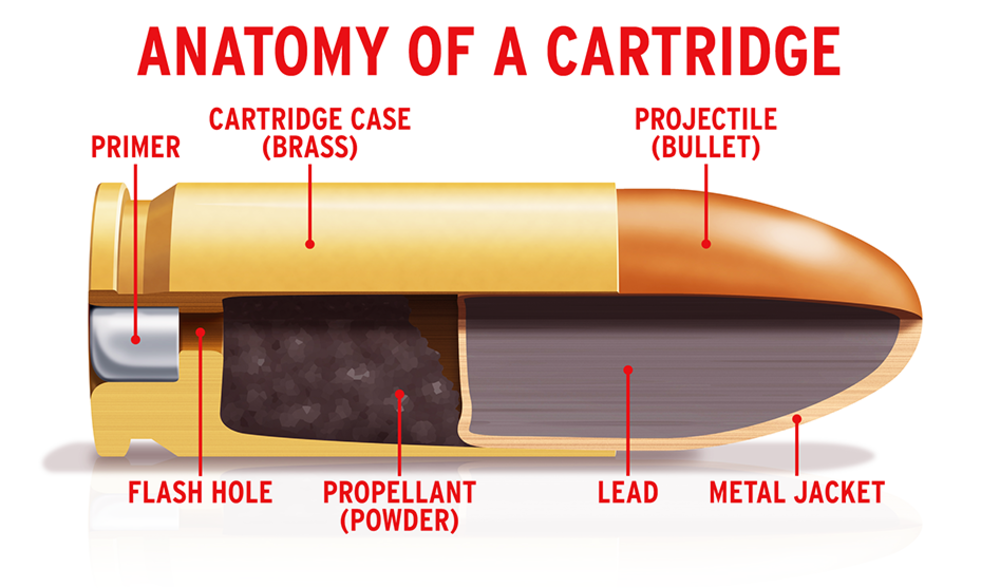

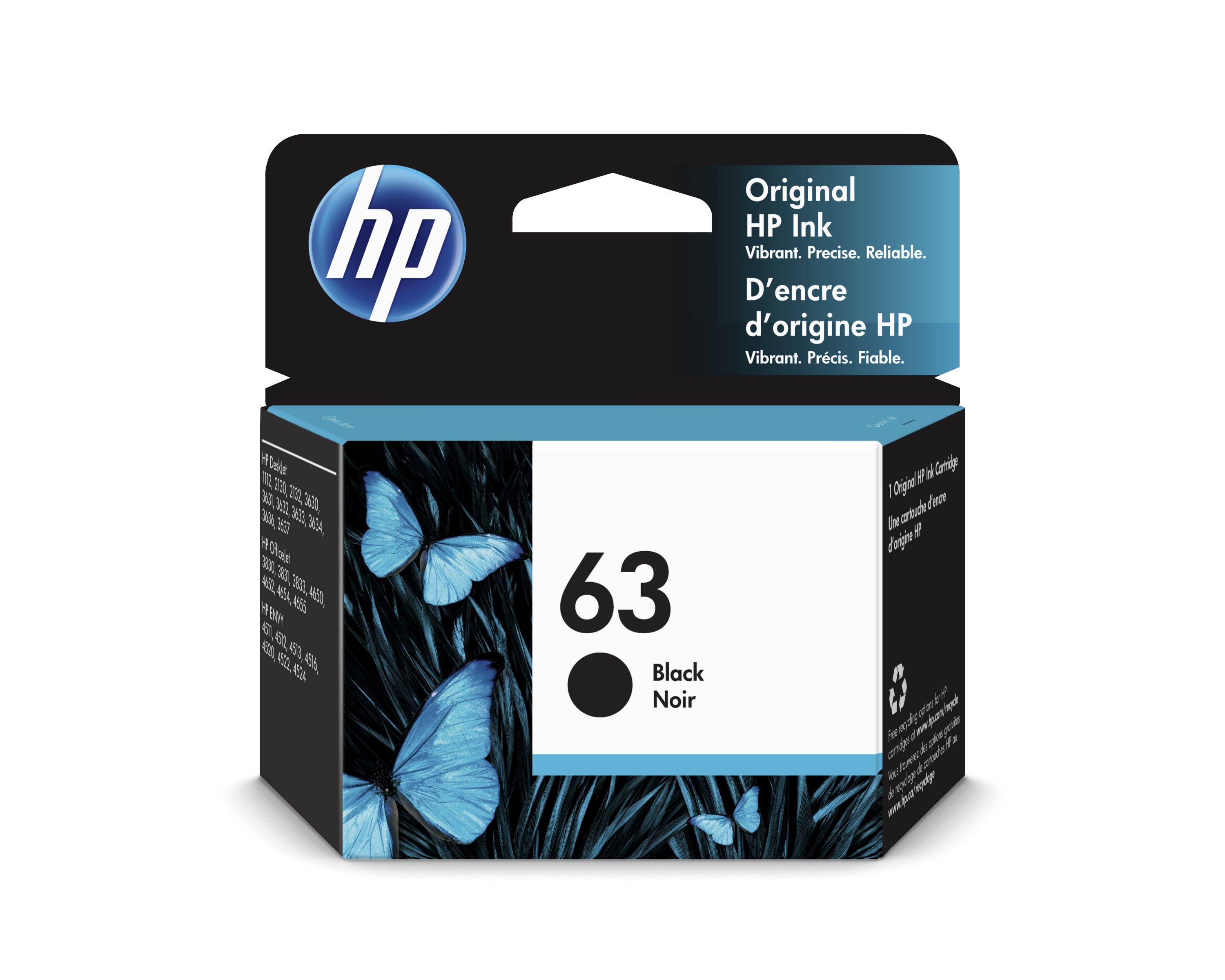

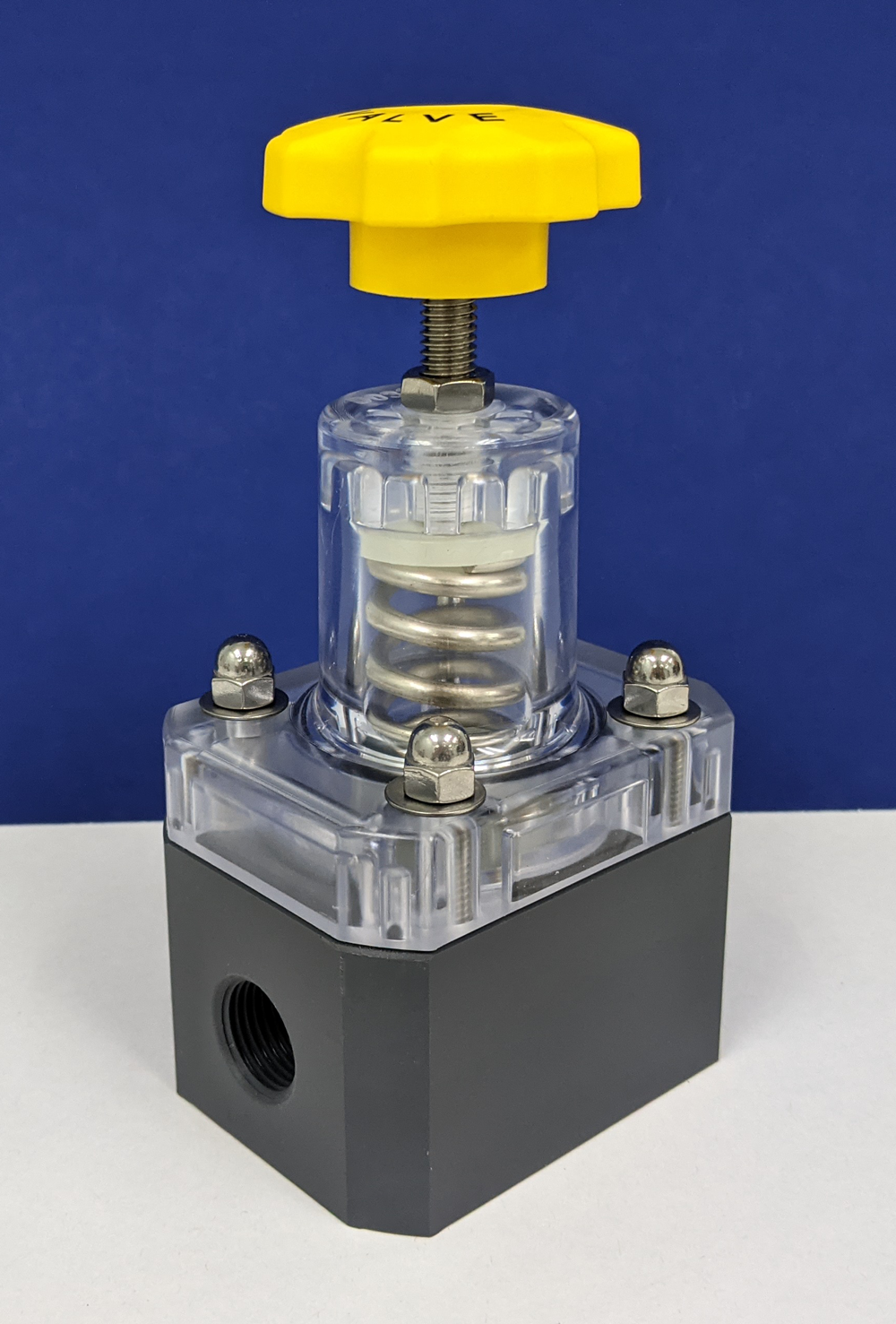





/cdn.vox-cdn.com/uploads/chorus_image/image/54600159/19_best_developer.0.jpg)


